The ____ System Returns Body Fluids to the Bloodstream.
Lymph essentially consists of blood plasma that has left the blood vessels and has passed through the tissues. Lymph is the colorless fluid that surrounds the cells that circulates through the lymphatic system.

The Moment The Fluid Enters The Lymph Capillary A Flap Valve Prevents It From Returning To Interstitial Space Lymph Cap Lymph Massage Lymph Vessels Lymphatic
The lymphatic system has three main functions.

. The lymphatic or the right thoracic which is the larger of the two. A To return fluids that have escaped from the blood back to the veins. The lymphatic system works with the cardiovascular system to return body fluids to the blood.
It is generally considered to have a separate identity when it is returned to the bloodstream through a series of vessels independent of the blood vessels and the coelomic space. How Lymph Forms And Returns To The Bloodstream. The lymphatic system makes blood cells through a process known as hematopoiesis.
Lymph the fluid contained in those vessels 3. The thoracic duct returns excess fluid termed lymph from below the thorax and the left side of the body to the left subclavian vein while the right lymphatic duct returns this fluid from the right side of the body. It consists of three parts.
Made of tissues c. Please help ASAP - 7067002 Please help ASAP The lymphatic system collects fluid from body tissues and returns it to the_____. Returns proteins and fluid to blood carries lipids from gastrointestinal tract to blood includes structures where lymphocytes that protect against disease-causing microbes mature and proliferate also known as the Immunity System.
Fluid in the interstitial spaces is often at. Lymph is formed from the absorbed fluids from cells in the capillary bedsThe formation starts when the arterial blood reaches the arterial capillaries most of it flows into the venous capillaries but about 10 of the. Mature and store lymphocytes and macrophages for body defense purposes.
-lymphatic vessels return fluid from tissues to CV system-lymph nodes house lymphocytes-transports digested fats to the CV system-lymphatic system returns excessive fluids from connective tissues lymph-lymphatics system returns blood proteins to blood vessels to help maintain correct osmotic pressure albumin. The lymphatic system filters the fluid that drains from the cardiovascular system and then returns that fluid to the heart to be pumped back into the body via blood. C To remove pathogens and debris from body fluids.
One of the principal functions of the lymphatic system is to gather this fluid and return it to the blood system to maintain overall fluid balance. Transports nutrients oxygen and carbon dioxide throughout the body HEART BLOOD VESSELS LymphaticImmune Returns fluid to the bloodstream and provides protection against pathogens that have entered the body RED BONE MARROW THYMUS LYMPHATIC VESSELS THORACIC DUCT SPLEEN LYMPH NODES. B To help with the maintenance circulation of defense cells.
Lymphatic fluid and vessels spleen thymus lymph nodes and tonsils Function. The lymphatic system returns fluid to the blood. The blood flows through the circulatory system either through body cavities or through closed tube-like vessels.
1 Which one of these is NOT a role of the Lymphatic System. This is an example of how organ systems are a. The Lymphatic System The lymphatic system returns fluids that have leaked from the vascular system back into the blood.
Lymph nodes that cleanse the lymph as it passes through them The lymphoid organs and tissues provide the structural basis of the. Hydrostatic and osmotic pressures in capillary beds combine in such a way that some fluid is lost by capillaries that cannot be regained by them. The lymphatic pathway is an open circuit where lymphatic capillaries in body tissues reabsorb excessive tissue fluid which is derived from blood plasma.
The lymph capillaries collect fluid containing dead. 2 on a question. Unlike the blood vascular system which is a circulatory systemthe fluid blood leaves from and returns to the heartthe lymphatic system is linear.
First it returns excess interstitial fluid also called tissue fluid to the blood. A meandering network of lymphatic vessels 2. The answer is D.
Lymph flows through the lymphatic system. Excess fluid from cell metabolism and other waste is collected in fluid in the interstitial spaces of tissues and organs. A group of organs and tissues that collect fluid that leaks from blood and returns it to the blood.
D To produce extra leukocytes when the body is fighting an infection. This means it is a one-way system. Bloodstream ritappink ritappink 03202017 Health High School answered The lymphatic system collects fluid from body tissues and returns it to the_____.
Absorb fats from the digestive tract and transport them to the bloodstream Lymphatic System Lymphatic Vessels. The Lymphatic System The Lymphatic System Lymphatic Vessels Lymphoid Organs Three functions contribute to homeostasis 1. Blood plasma in capillaries.
This lymph ultimately returns to the blood plasma ie. Return excess tissue fluid to the bloodstream 2. For more information on Body fluids its types composition functions and circulation keep visiting BYJUS website or download BYJUS app for further reference.
The lymphatic system and the cardiovascular system are often called the bodys two circulatory systems The spleens main function is to. The lymphatic system is also part of the bodys defense against disease. Coelomic fluid itself may circulate in the body cavity.
The supply of oxygen and nutrients to tissues is performed by the blood system and involves a net leakage of fluid outward at the capillary level. The lymphatic system is a network of vessels and organs. Help defend the body against diseases 3.
The lymphatic system returns leaked fluid and plasma proteins that escape from the bloodstream to the blood. Lymphatic capillaries join to form the lymphatic vessels before entering one of two ducts. Digestive system skin immune system bloodstream 2 See answers Advertisement Advertisement.

Circulatory System The Definitive Guide Biology Dictionary

Anatomy Of The Circulatory And Lymphatic Systems Microbiology

Body Fluids And Fluid Compartments Anatomy And Physiology

Study Guide To The Systems Of The Body

Anatomy Of The Circulatory And Lymphatic Systems Microbiology

Anatomy Of The Lymphatic And Immune Systems Anatomy And Physiology Ii

Circulatory System Body Fluids Britannica
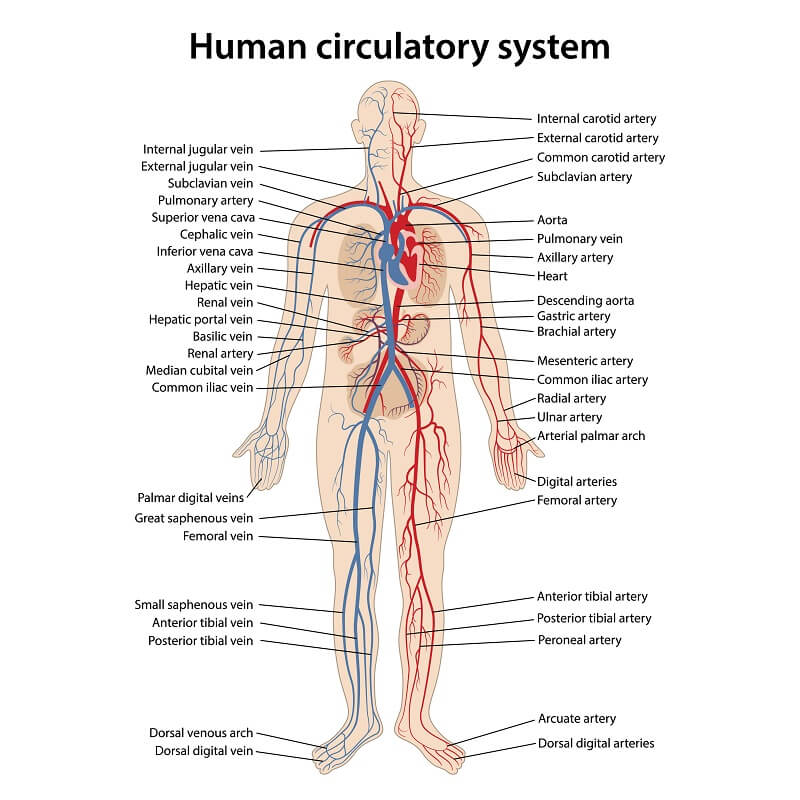
Circulatory System The Definitive Guide Biology Dictionary
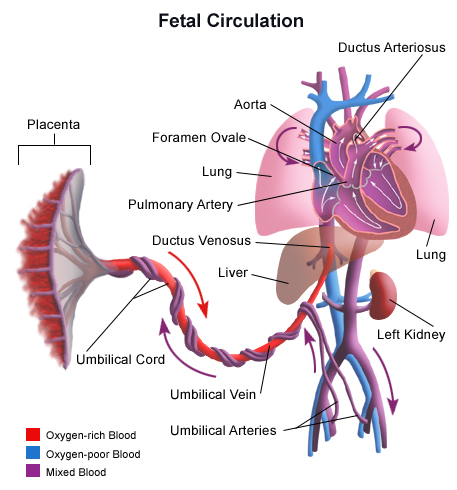
Blood Circulation In The Fetus And Newborn

Anatomy Of The Circulatory And Lymphatic Systems Microbiology
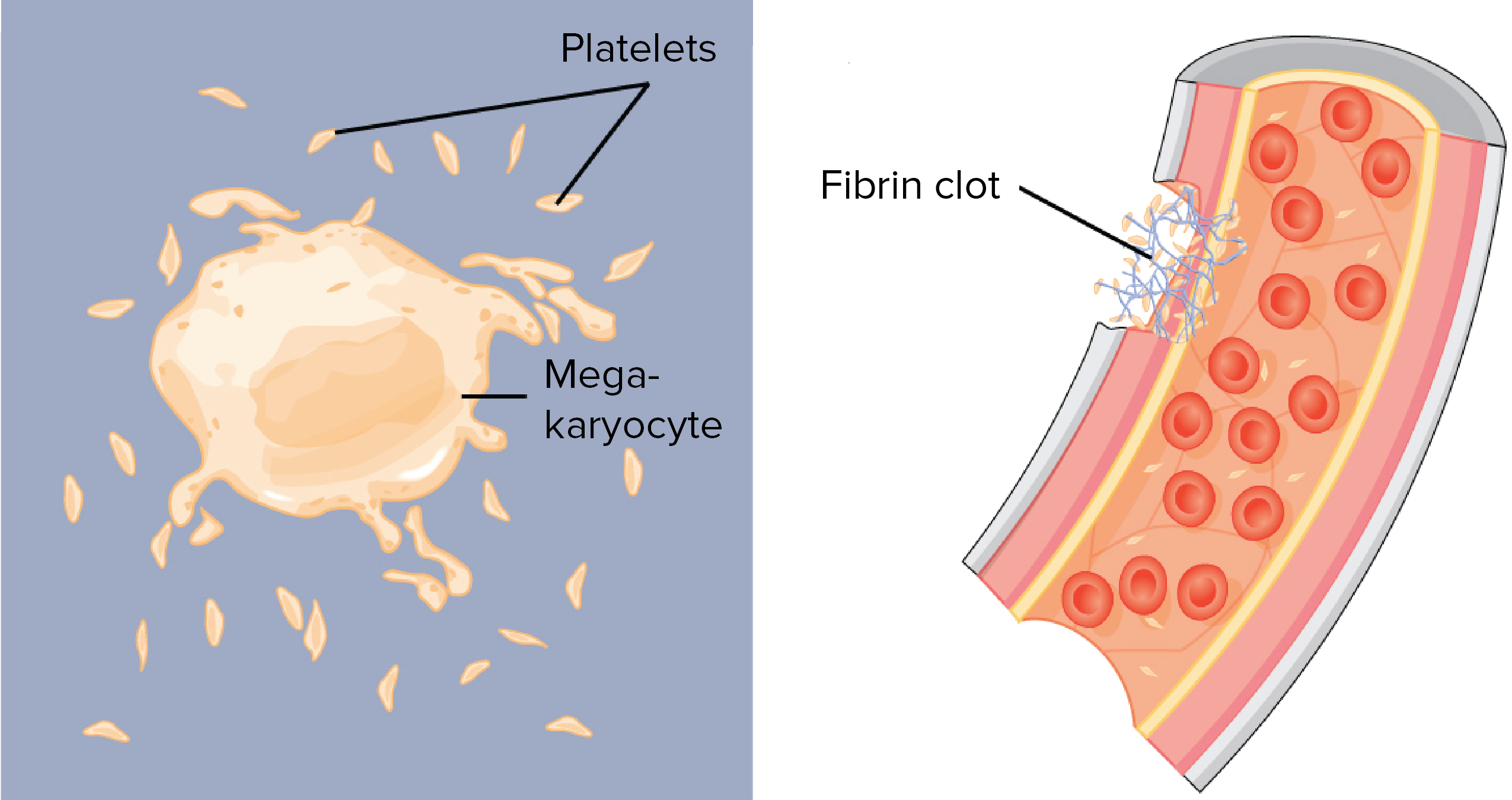
Components Of Blood Article Khan Academy

Anatomy Of The Lymphatic And Immune Systems Anatomy And Physiology Ii

Anatomy Of The Circulatory And Lymphatic Systems Microbiology

The Lymphatic System Lymphangiomatosis Gorham S Disease Alliance
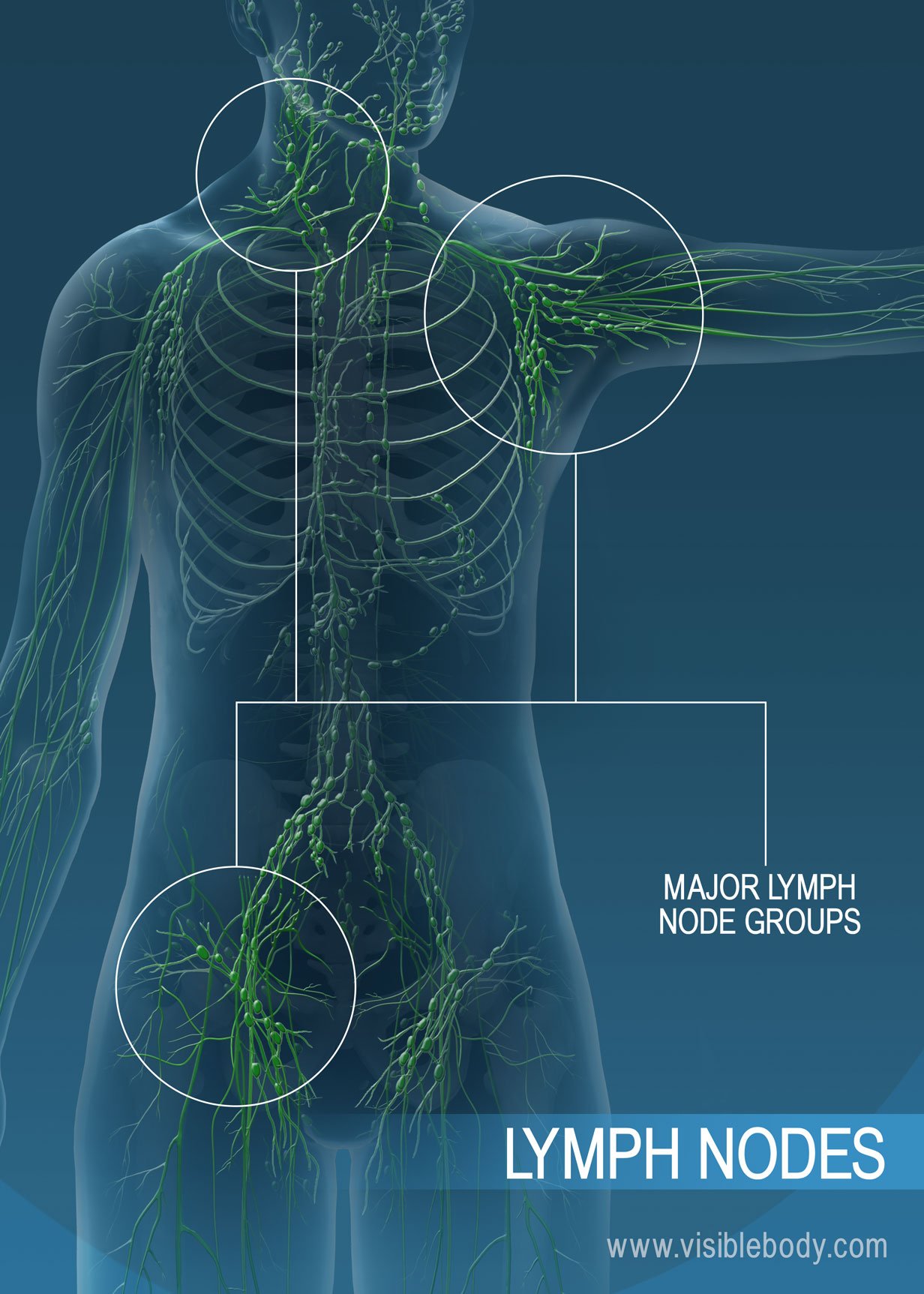
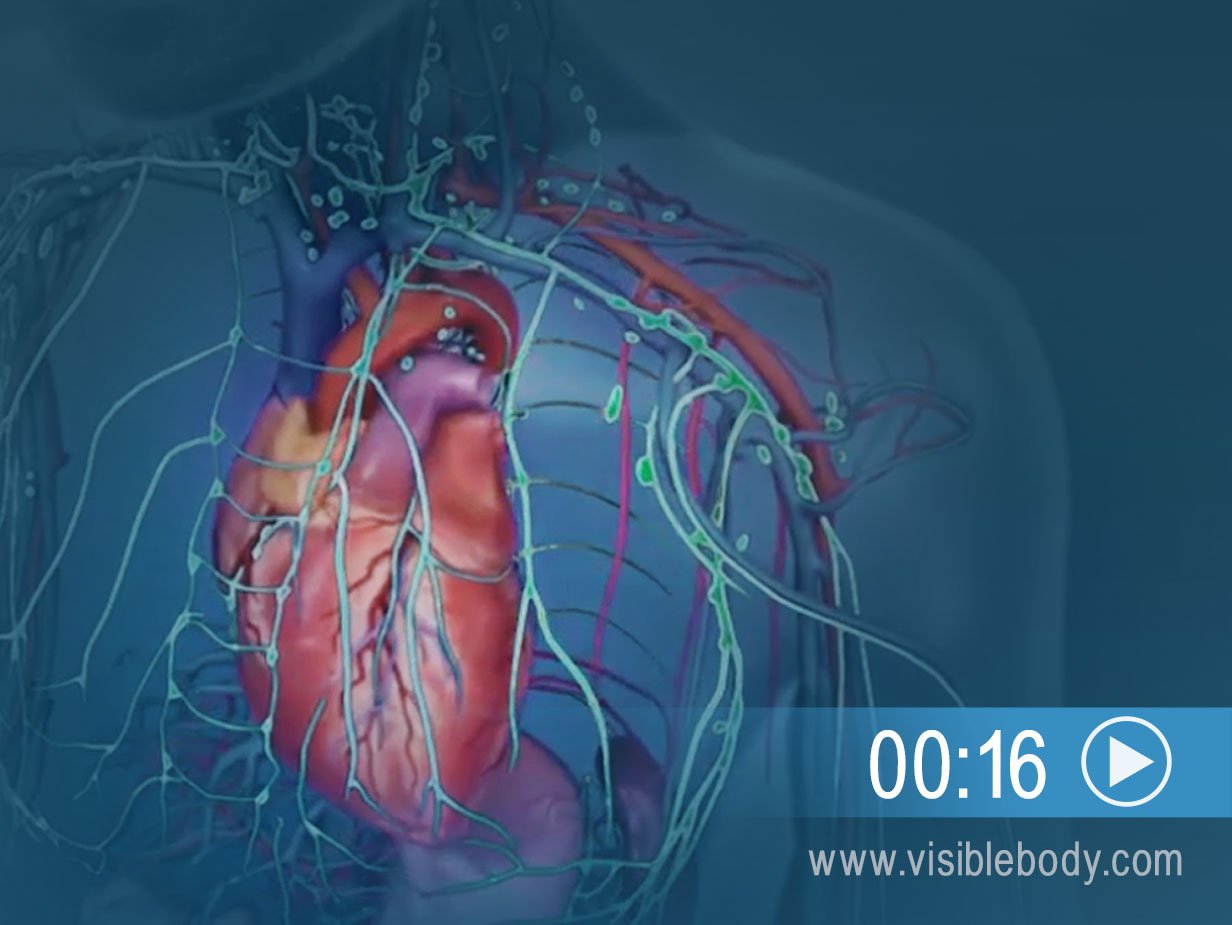
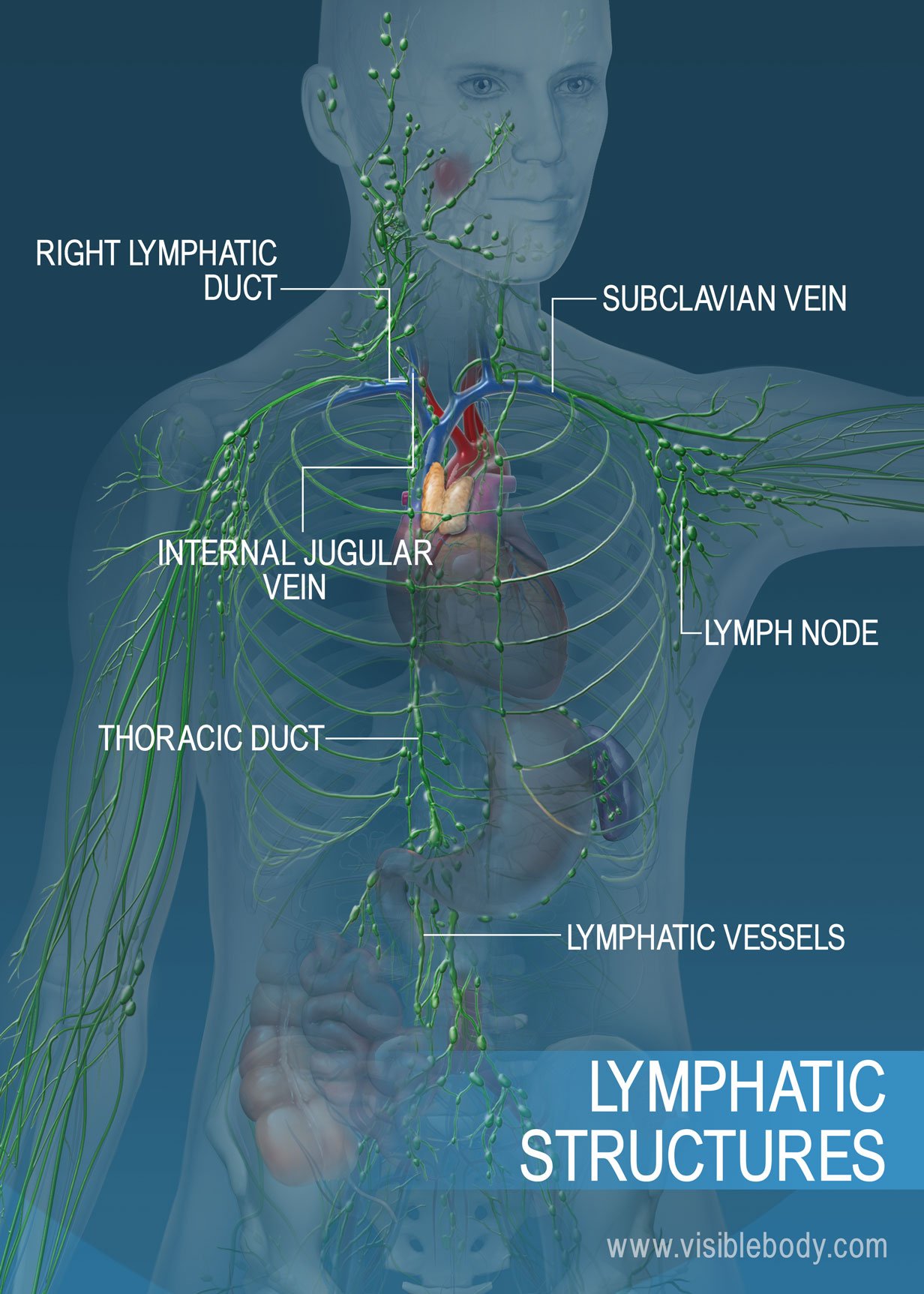


Comments
Post a Comment